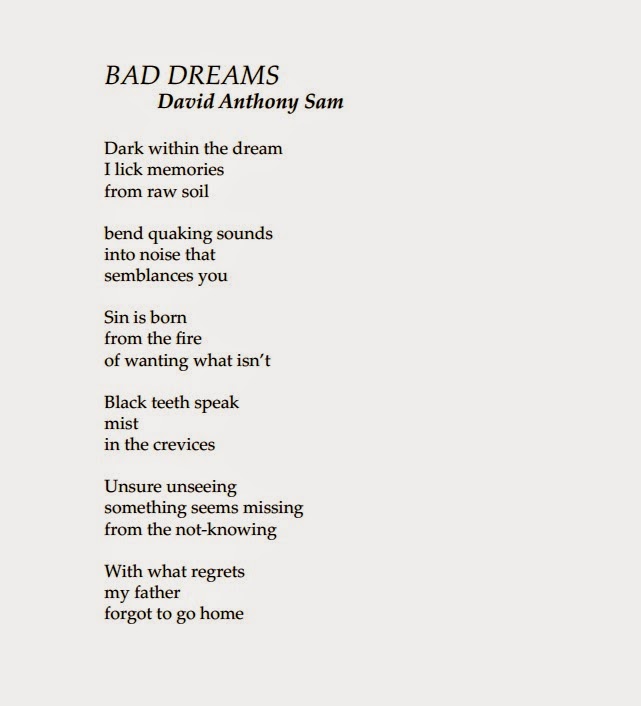Monuments and Memorials – Some brief reflections
Monuments and memorials are created in the present of their erection as an interpretation of the past.
Damaging or destroying them is vandalism and is a crime, though a much less serious crime that assault or murder whether by a civilian or an officer of the law under cover of authority.
Those memorials and monuments are reinterpreted by each generation as they rethink the meaning of our history. They may try to fix that interpretation but our judgement of the past evolves.
The motivations of those who erected those monuments and memorials probably varied among the individuals who supported doing so. But it is a fact that they were erected during the imposition of Jim Crow, the revival of the KKK after WWI, and in response to the Civil Rights movement, especially after Brown v. Board.
And the espoused motivation as expressed in speeches at the time of the dedication of those memorials often clearly stated they were monument to preservation of the “Anglo-Saxon race” against those of inferior breed. For instance, https://www.dennyburk.com/a-speech-delivered-at-the-dedication-of-the-silent-sam-monument/
The motivations of those currently damaging, destroying or adding graffiti to historical monuments probably varies much among the individuals doing it–ranging from idealism through anger to ignorance of history and perhaps for some the joy of destruction.
But the espoused motivation of those who speak for the removal of the memorials doesn’t describe vandalism as the goal. For instance, https://www.latimes.com/world-nation/story/2020-07-06/mississippi-students-voted-move-civil-war-statue-now-fear-confederate-shrine
Those who advocate for keeping the memorials where they are located in city squares and public places often say “preserving our heritage” is the goal. However, never in that “heritage” is there a place for abolitionists like John and John Quincy Adams, Thaddeus Stevens, Harriet Tubman, Frederick Douglass, etc. Nor in those squares or public places are there monuments to the heritage of those who fought for the union and against slavery such a U. S. Grant of Lincoln.
Instead, the story of Union generals and politicians is often that they attacked and destroyed the innocent South like barbarians. What is left out is the story of how, for instance, Lee and his army invaded Pennsylvania and Maryland, captured free blacks even if they had never been slaves and enslaved them. Or the story of how many of those Confederate generals executed all black Union captives as at Fort Pillow. Or the story that some sought to reestablish white supremacy after the war through the creation of the KKK or other means.
So I conclude that it is long past time that we remove those monuments and memorials, not merely because of “sensitivity” to some who are offended but as a statement that we as a nation do recognize and remember our history, our entire history, and that we want to celebrate our ideals not our failings while acknowledging both with brutal honesty. That we will keep their names in the history book but not place them on tall monuments. That their statues may belong on the Confederate side of Gettysburg and other battlefields, but they no longer belong in the pantheon of those men and women who are the best of what it means to be and American. Their removal is not a “forgetting” of history. It is rather a correcting of it.

Comments